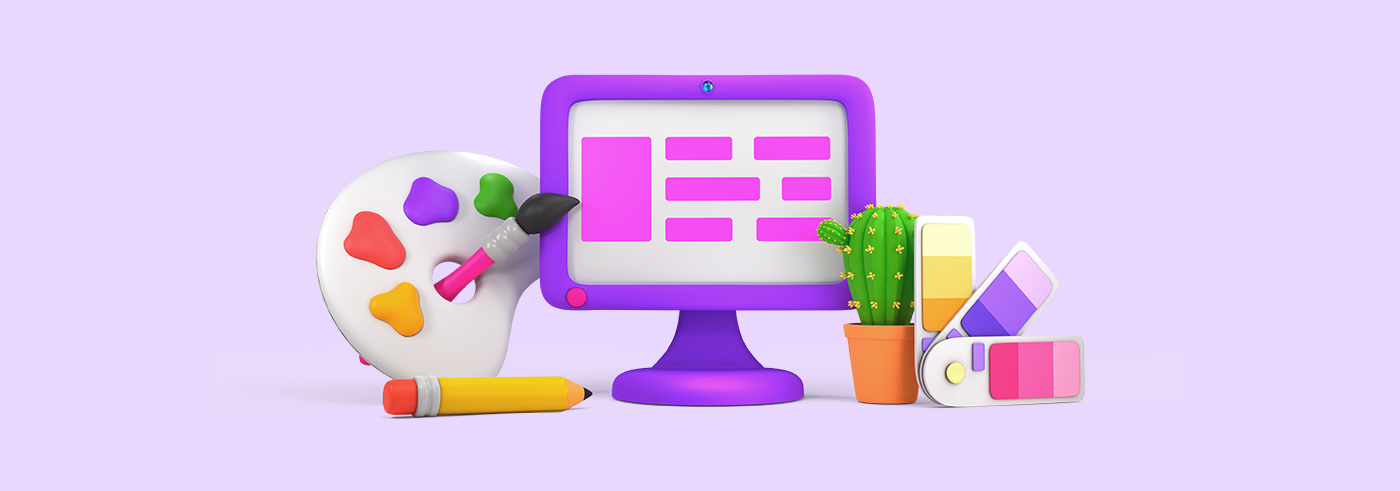What started as an interoffice alternative for messaging back in the late 60's has evolved into what we know today as electronic mail (email).
Table of Contents
You’ve got mail!
Although now it is pretty much available to anyone, anywhere and most of the time for free, it was initially meant as a business tool. It was not until 1988 that the first commercial mail product was launched (Microsoft Mail, anyone?), which basically created the perfect opportunity for businesses to communicate with bigger audiences--- their customers. Messages which took weeks, sometimes months to arrive with traditional mail now took seconds to reach the recipient’s inbox. This is precisely why email has become much more popular than “snail mail” with newer generations: because it serves a similar purpose but it is faster, less expensive, portable, and available 24/7.
Despite how popular email has become, it has a lot of competition. Since its invention back in the ’70s, electronic mail has evolved constantly and it has opened the doors for different channels of communication such as text messages, chats, social media, video streaming, apps, video calls, and others. While those channels introduced new ways to communicate and interact with friends and family, they have not been able to fully replace email. Email has qualities that make it unique and we’ve become dependent on the versatility and official capacity that email fulfills.
Email can be used basically for everything, and nowadays you will need it for work, to study, to connect to social media, and to communicate with people who are not into social media. If you are employed or a student, then you most likely have at least one, if not multiple other email accounts in addition to your personal one. Moreover, in four years the average number of email accounts per user ratio is expected to grow from an average of 1.70 accounts per user to an average of 1.86 accounts per user.
Email: alive and kicking
Yes, social media might be what everybody is using and talking about these days, but that does not mean that email has become obsolete. In fact, according to a study published by the Radicati Group, the total number of sent and received emails will reach 281.1 billion by the end of 2018, and it is expected to reach 319.6 billion emails by the end of 2021. Not only that, but the amount of users stands at 3.7 billion right now and it is expected to continue to grow and reach 4.1 users by the end of 2021.
Also, customers have chosen email as their preferred method of contact by brands as 60% of respondents to Adobe’s Consumer Email Survey Report 2017 have indicated it, while only 5% of respondents to the survey approved social media channels as a method of contact by their preferred brands. All of this goes to show that while social media is quite popular for “informal” interactions, it is not as versatile and trustworthy as email.
Email can also be inspiring!
Yes, email can serve many purposes and as we have mentioned in a previous blog post, when it comes to email, it’s all about the message - what you say and how you say it. Just take as an example "Friday Forward", which is simply a weekly newsletter created by Acceleration Partners’ Robert Glazer to inspire his employees. Robert's objective with this newsletter was to create content that people can enjoy, relate to and get inspiration from. How successful is that newsletter? It reaches more than 9,000 people and it’s not unusual for Robert to get a lot of thank you messages because of it (over 50 thank you’s recorded after a recent send). Ultimately, what makes people look forward to their “Friday Forward” is that the content is always different, honest and uplifting - which are things that his readership anticipates.
Email is here to stay
History of email has changed and adapted to what we know and use nowadays, with thousands of email providers and several apps and/or ways to view our inboxes. In addition, with the help of emerging technologies and social media, email has grown and will continue to evolve rapidly. Furthermore, as email has become one of the core elements of “today’s internet”, we just can’t wait to see how email will continue to change the way we communicate and consume our media.







